
Dogs
The pug has been referred to as "Multo in Parvo," which means "a lot of dog in a small space." In their little bodies, pugs pack a lot of love and boundless enthusiasm. This small, affectionate oriental breed began as guard dogs in ancient Chinese temples.
As with many breeds, the true history of the pug is uncertain. What is known is that dogs resembling the pug we know today were part of Buddhist monasteries in Tibet before 400 BC. They then appeared in Japan and Europe, becoming the favorite for the royal courts. By the mid-1500s, the pug was a popular dog in Holland.
Throughout history, the pug has played many important roles. In 1572, the pug became the official dog of the House of Orange in Holland after saving the life of William, Prince of Orange, by giving alarm at the approach of the Spaniards at Hermingny. In 1790, the pug became an important pet of Josephine, wife of Napoleon. While imprisoned at Les Carne, Napoleon received secret messages from Josephine hidden within their pug's collar. Eventually, after British soldiers attacked the Imperial Palace of Peking in 1860, the pug was brought to England. The breed's popularity continued to rise and was soon imported to the United States.
The pug was admitted to the American Kennel Club in 1885.
Despite being an ancient breed, the pug hasn't changed much over the years. The breed is the largest of the toy breeds with a compact body and well-developed musculature. Pugs have round massive heads with short, square muzzles and deep wrinkles on their foreheads. Pugs have prominent eyes, straight legs with a tightly twisted tail over the haunches. They have a sleek soft coat that comes in apricot, black, fawn and silver with as dark a mask possible. From the top of the shoulder the pug stands between ten and eleven inches tall and weighs between fourteen to twenty-two pounds.
Not at all pugnacious, the pug is an affectionate, loveable, even-tempered breed with great charm and dignity. They are clever and mischievous with an outgoing disposition. Pugs love company and want to be everyone's best friend but they will sulk when left out of activities.
Pugs have always been friendly companion housedogs. They love being part of the family. Pugs are great watch dogs, playful companions for children and will happily curl up on your lap for a nap.
Pugs have a smooth, slick hair coat that is easy to groom with a firm bristle brush and comb. You should shampoo only as necessary and clean the wrinkles on their forehead to prevent moisture accumulation and facial fold dermatitis.
The pug is intelligent and easy to train using standard obedience commands. Their primary reason for living is to stay near the family and to please their owners.
Pugs are miserable in hot, cold or humid weather due to their short, square muzzles. They should not be left outside or in closed cars in the summer or winter months.
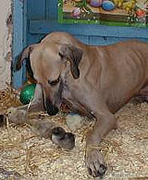 Sloughis: A guide to dogs and puppies of the Sloughi breed
Sloughis: A guide to dogs and puppies of the Sloughi breed
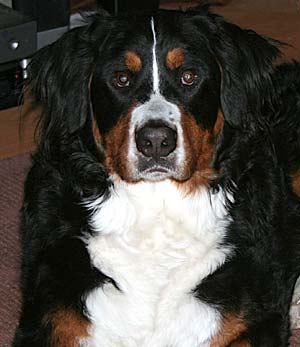 Bernese Mountain Dog
Bernese Mountain Dog
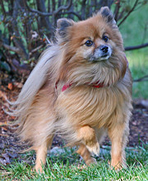 Pomeranians: A guide to dogs and puppies of the Pomeranian breed
Pomeranians: A guide to dogs and puppies of the Pomeranian breed
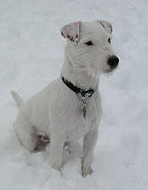 Parson Russell Terriers: A guide to dogs and puppies of the Parson Russell Terrier breed
Parson Russell Terriers: A guide to dogs and puppies of the Parson Russell Terrier breed
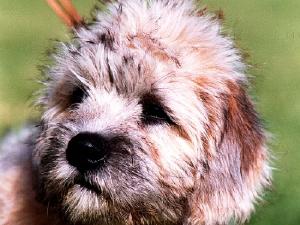 Dandie Dinmont Terrier
Dandie Dinmont Terrier
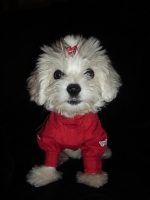 Malteses: A guide to dogs and puppies of the Maltese breed
Malteses: A guide to dogs and puppies of the Maltese breed
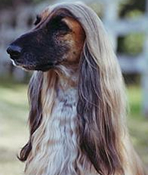 Afghan Hounds: A guide to dogs and puppies of the Afghan Hound breed
The Afghan Hound!
Known for its aristocratic bearing, the A
Afghan Hounds: A guide to dogs and puppies of the Afghan Hound breed
The Afghan Hound!
Known for its aristocratic bearing, the A
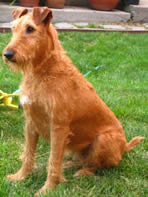 Irish Terriers: A guide to dogs and puppies of the Irish Terrier breed
The Irish Terrier!
Irish Terriers have flat skulls, long wh
Irish Terriers: A guide to dogs and puppies of the Irish Terrier breed
The Irish Terrier!
Irish Terriers have flat skulls, long wh
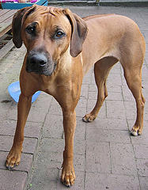 Rhodesian Ridgebacks: A guide to dogs and puppies of the Rhodesian Ridgeback breed
The Rhodesian Ridgeback!
The Rhodesian Ridgeback is so name
Rhodesian Ridgebacks: A guide to dogs and puppies of the Rhodesian Ridgeback breed
The Rhodesian Ridgeback!
The Rhodesian Ridgeback is so name
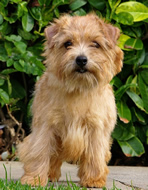 Norfolk Terriers: A guide to dogs and puppies of the Norfolk Terrier breed
The Norfolk Terrier!
The Norfolk Terrier is a charming bree
Norfolk Terriers: A guide to dogs and puppies of the Norfolk Terrier breed
The Norfolk Terrier!
The Norfolk Terrier is a charming bree
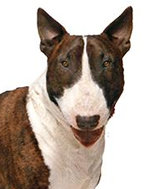 Bull Terriers: A guide to dogs and puppies of the Bull Terrier breed
The Bull Terrier!
A typical Bull Terrier is active, interes
Bull Terriers: A guide to dogs and puppies of the Bull Terrier breed
The Bull Terrier!
A typical Bull Terrier is active, interes
Copyright © 2005-2016 Pet Information All Rights Reserved
Contact us: www162date@outlook.com